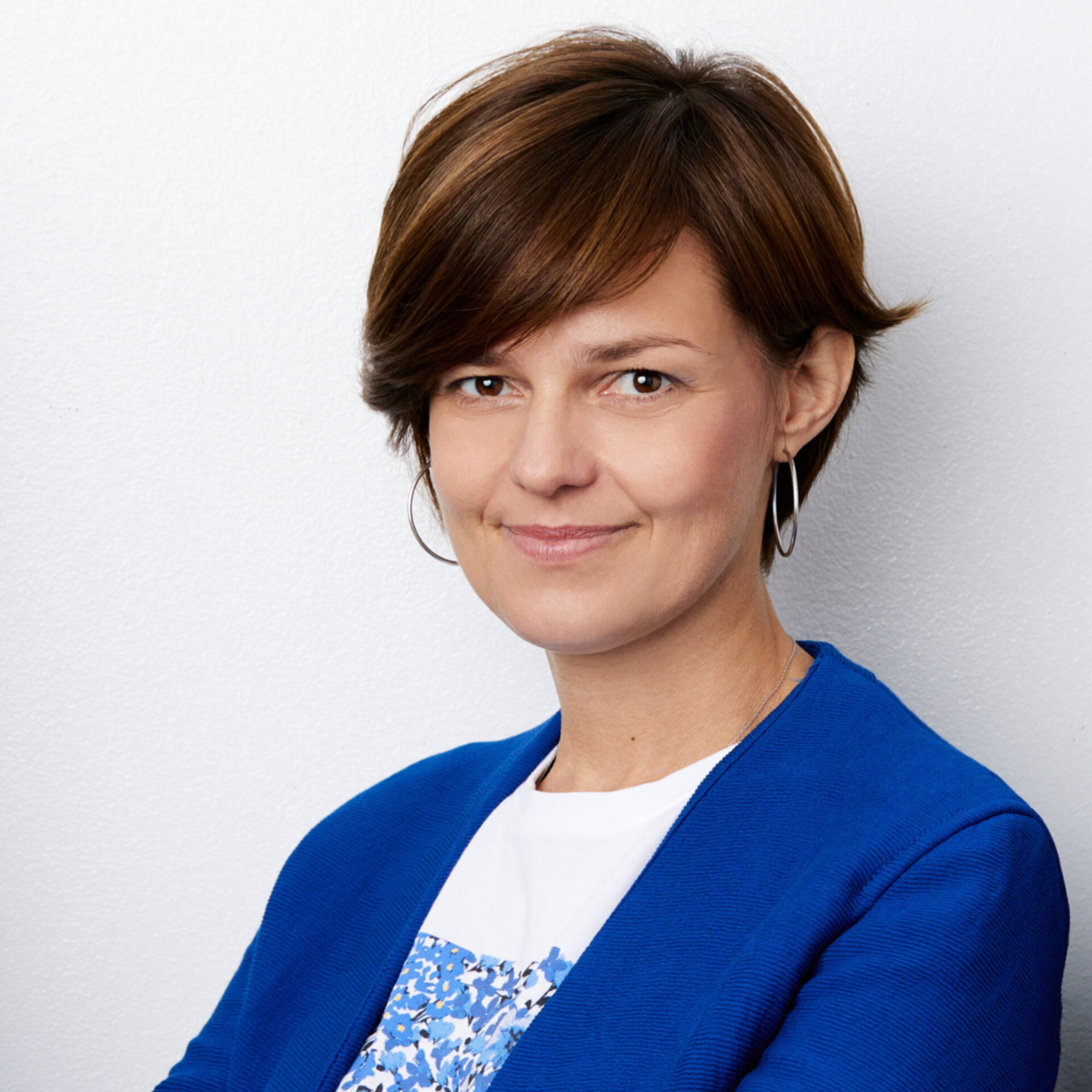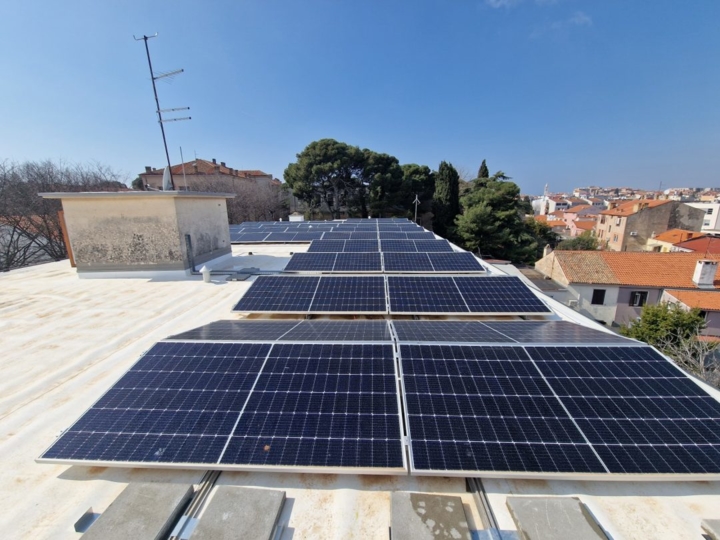
Daniela Buntak
Projekti, EUREM, Young Energy Europe Projekti & edukacije
+385 99 271 7330 daniela.buntak@ahk.hr
The County of Istria in north-western Croatia manages more than 200 buildings, which are mainly intended for the education or healthcare sector. Public funding is limited, which is why only a few buildings have undergone energy-efficient refurbishment to date. Fossil fuels, primarily heating oil, are mainly used to heat and cool the buildings.
For the near future, the County of Istria has announced support for investments in the energy-efficient renovation of buildings that are accompanied by the use of renewable energy sources for heating, cooling and electricity generation.
Energy Scout Andrea Poldrugovac focused on a specific building, namely the teaching institute for emergency medicine in Pula. Basically, the energy expenditure in the building sector is reduced primarily by good insulation of the outer shell and then striving for a heating/air conditioning system that consumes as little energy as possible and ideally uses an energy source that is regionally available and low or even emission-free.
The measures proposed by the Energy Scout therefore include a thermal insulation composite system with mineral wool for the building envelope, the renovation and thermal insulation of the flat roof and the replacement of the exterior windows. Once the insulation is in place, the next step is to install a new heating system based on an air-to-air heat pump and a photovoltaic system to provide the heat pump with as self-sufficient and sustainable a power supply as possible.
But reality sometimes throws plans out of the window. The roof of the building was in urgent need of repairs and was first of all given new insulation and waterproofing. At the same time, a photovoltaic system with an output of 32.7 kWpeak was also installed. It consists of 60 modules with an output of 545 watt peak, which are installed on an aluminum construction and two 3-phase hybrid inverters with 20 and 10 kW output. An inverter converts direct current into alternating current and is the link between the solar system and the power grid. A hybrid inverter also offers the option of storing surplus solar power in a battery storage system. The planned annual yield of the system is 41,681 kWh and can then cover around 50% of the building’s electricity requirements. With an investment of 36,219 euros and projected annual savings of 6,150 euros, the payback period for the solar power plant is just under six years. It may sound long compared to other payback periods in the energy efficiency sector, but it guarantees product and performance of typically 20-30 years.
Source: Young Energy Europe
Projekti, EUREM, Young Energy Europe Projekti & edukacije
+385 99 271 7330 daniela.buntak@ahk.hr

